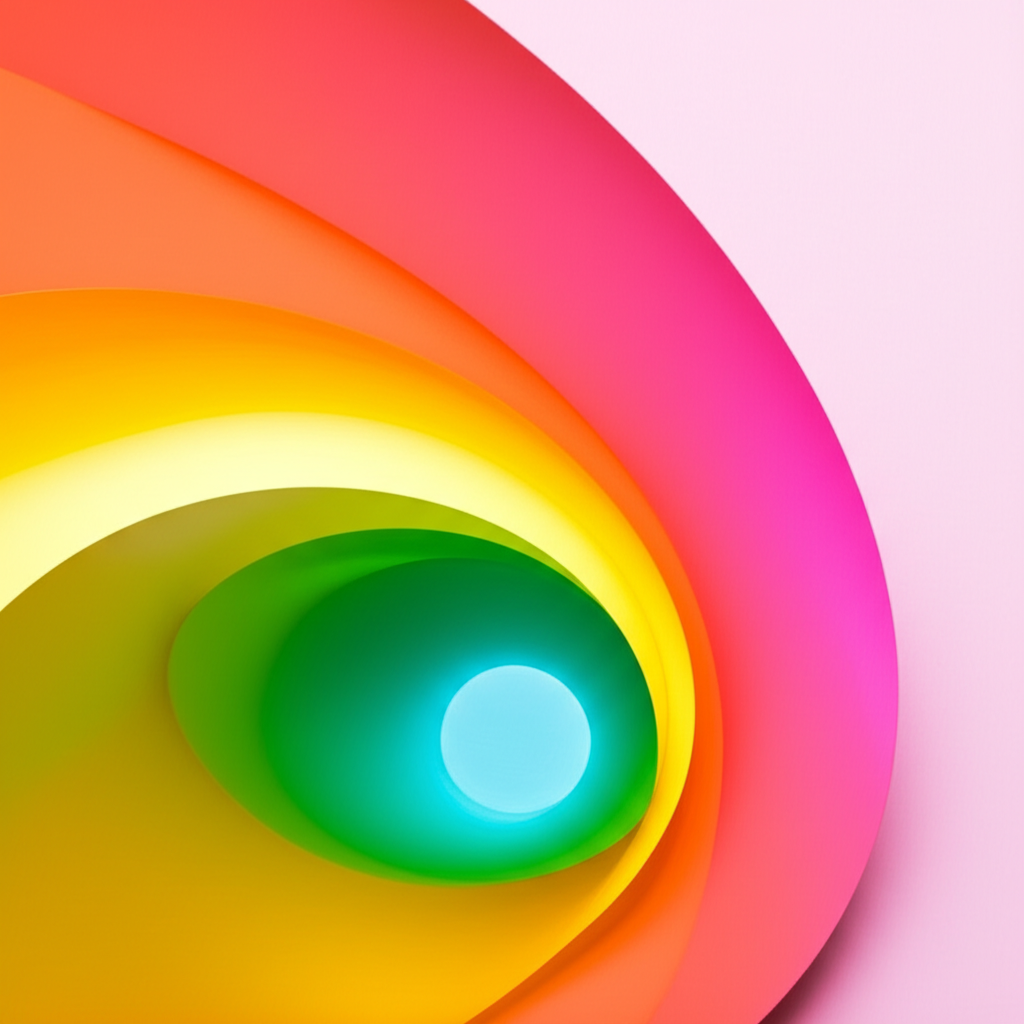Introduction: Did you know that packaging colors can influence consumer purchasing decisions within seconds? Color is the first language of communication between a brand and its consumers. It directly touches emotions, conveys information, and even influences perception. PackRapid understands the power of color psychology. In this article, we will guide you through how to use color psychology to choose packaging colors that enhance your brand image and boost sales, especially in the high-end and eco-friendly sectors.
I. Color Psychology Basics: How Colors Affect Emotions and Behavior
- Physiological and Psychological Effects of Color: A brief explanation of how different colors trigger specific physiological responses (such as changes in heart rate) and psychological associations (such as warmth, calmness).
- The Importance of Cultural Differences: The same color can have drastically different meanings in different cultural contexts. Brands need to pay special attention to the cultural sensitivity of their target market. PackRapid always incorporates this into consideration when designing global brand packaging.
II. Understanding the Psychological Codes of Common Colors and Their Application in High-End Packaging
Black:
- Psychological Associations: Authority, power, elegance, mystery, luxury.
- High-End Applications: Often used for luxury goods, high-end electronics, and men's products. Looks more luxurious with gold stamping, UV treatment, etc.
- PackRapid Suggestion: Use it moderately to avoid dullness. Bright colors or textures can be added to increase layering.
White:
- Psychological Associations: Purity, simplicity, cleanliness, modernity, tranquility.
- High-End Applications: Cosmetics, skincare products, health products, minimalist design styles.
- PackRapid Suggestion: Highlight the texture, such as using eco-friendly paper with a special texture.
Gold / Silver:
- Psychological Associations: Wealth, nobility, quality, celebration.
- High-End Applications: Limited editions, gifts, liquor, high-end food.
- PackRapid Suggestion: Use as an accent or main color. Pay attention to the harmonious combination with other colors to avoid being tacky.
Blue:
- Psychological Associations: Trust, reliability, calmness, professionalism, technology.
- High-End Applications: Financial products, technology products, some men's skincare products. Dark blue appears more stable and high-end.
- PackRapid Suggestion: Different lightness and purity of blue convey different feelings, and need to be accurately grasped.
Green:
- Psychological Associations: Nature, health, environmental protection, tranquility, growth.
- High-End Applications: Organic products, natural skincare products, sustainable brands. Dark green and olive green appear more upscale.
- PackRapid Eco-Friendly Philosophy: Green is an intuitive choice for conveying environmental concepts. PackRapid recommends using it in combination with environmentally friendly materials.
Red:
- Psychological Associations: Passion, vitality, love, danger, appetite.
- High-End Applications: Holiday gifts, some foods, products that emphasize energy. Use cautiously to avoid being too stimulating.
- PackRapid Suggestion: High-end brands usually choose a deeper burgundy or match with neutral tones when using red.
Purple:
- Psychological Associations: Royalty, luxury, creativity, mystery, spirituality.
- High-End Applications: High-end cosmetics, creative products, women's products.
- PackRapid Suggestion: Deep purple with metallic colors creates a stunning effect.
III. Strategic Considerations for Choosing Packaging Colors
- Brand Positioning and Personality: Does the color match the brand's core values and the personality it wants to convey? (For example, high-end technology brands may choose dark blue or silver, while natural organic brands may choose earth tones or green).
- Target Audience Preferences: Consumers of different ages, genders, and cultural backgrounds have different preferences for colors.
- Product Characteristics: The attributes of the product (such as food, cosmetics, electronic products) will affect the suitability of the color.
- Competitor Analysis: Research the color strategies of competitors to seek differentiation and avoid confusion.
- Color Combinations and Harmony: Different combinations such as monochrome, analogous colors, and contrasting colors will produce different effects. PackRapid's designers are proficient in color matching to ensure a balance between visual harmony and impact.
IV. Color Trends in Eco-Friendly Packaging
- Earth Tones: Beige, brown, khaki, etc., convey a natural, simple, and environmentally friendly feel.
- Muted Tones: Low-saturation gray-toned colors, gentle, high-end, in line with the restrained aesthetics of sustainability.
- Natural Material Colors: Directly using the natural colors of eco-friendly paper, wood, etc., to emphasize their natural attributes.
Conclusion: Packaging color is a powerful tool for silent communication between brands and consumers. Precise application of color psychology can not only shape a high-end brand image and convey environmental concepts, but also effectively enhance product appeal and sales. PackRapid has a professional brand and packaging design team. We deeply understand the power of color and cleverly integrate it into each design scheme to create professional packaging that is both beautiful and sales-driven for your brand. If you are worried about your product packaging color, please feel free to consult PackRapid. Let us empower your brand with color.

